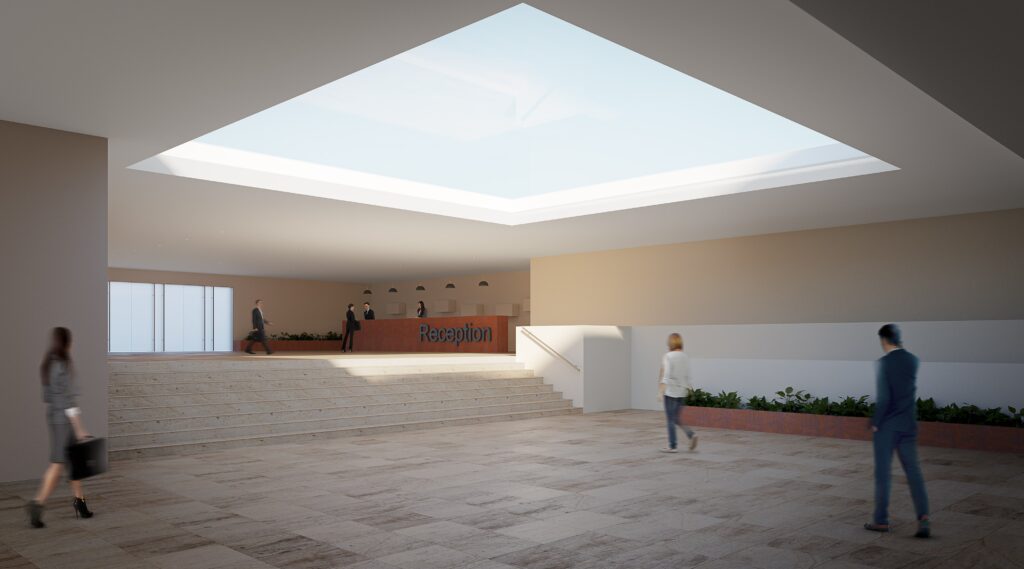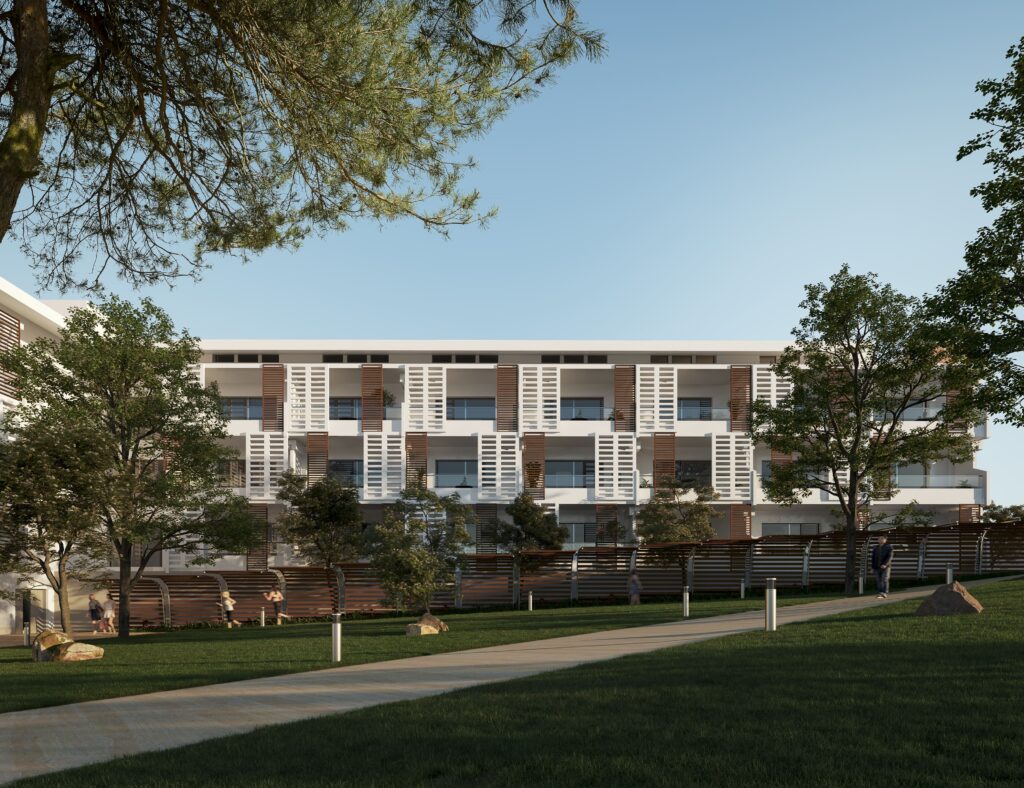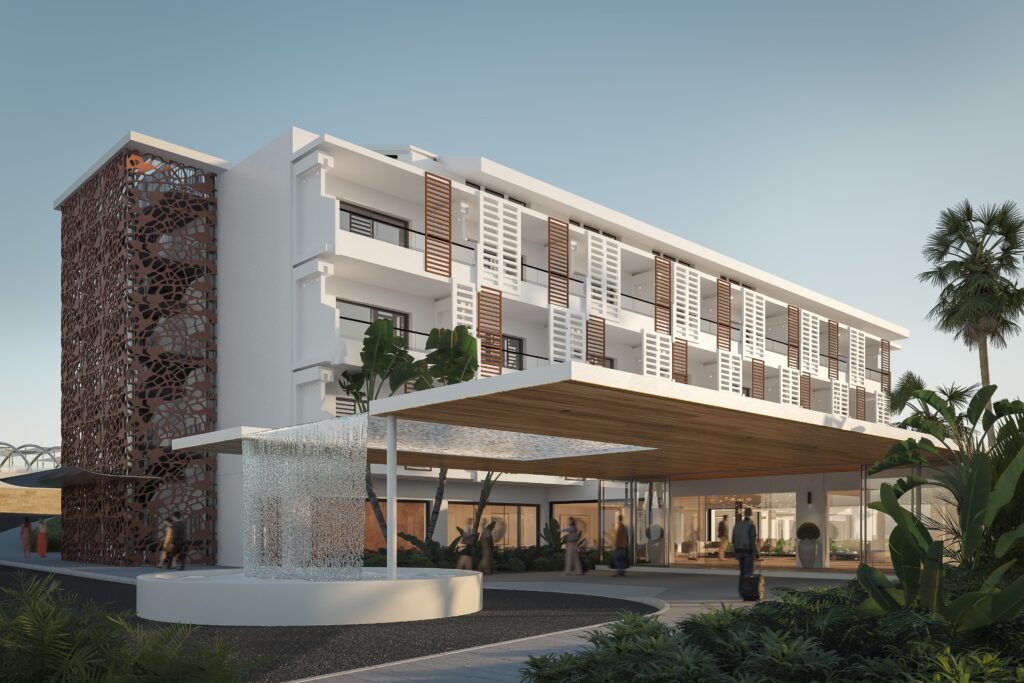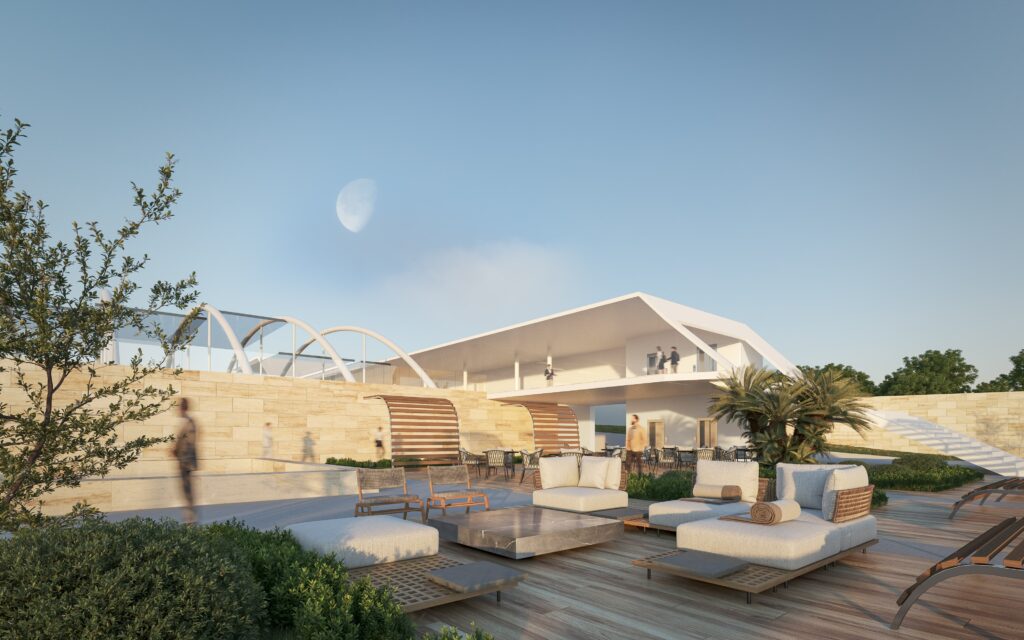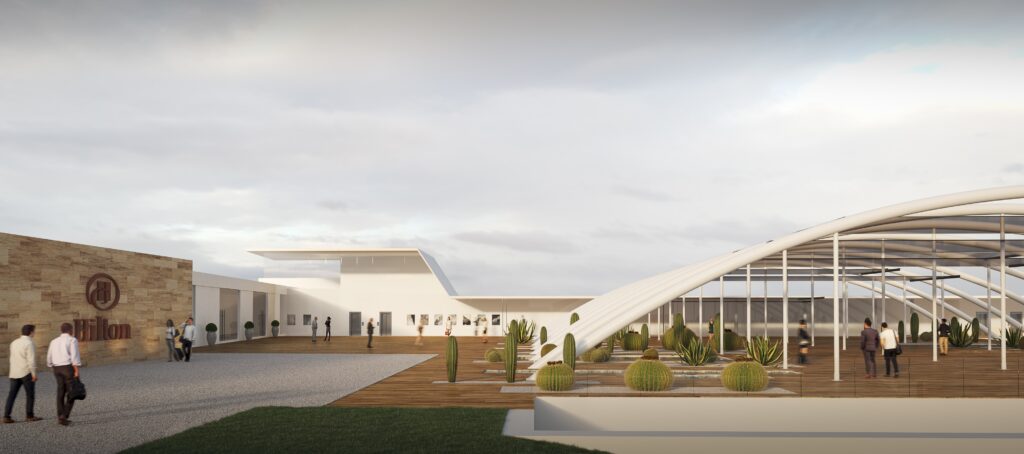La Perla Jonica, because of its size (about 6 hectares) and its facilities, was a reference point for tourism in eastern Sicily in the 1970s and 1980s, and has long since fallen into disuse. The larger buildings such as the congress centre and the hotel were built using prefabricated structures, a technology that is still unusual for this type of building. All around are swimming pools, solariums, gardens and 24 accommodation buildings of two or three floors divided into tourist flats.
The main strength of the project lies in the renovation of the two main buildings, which are the driving force behind the relaunch of the entire complex, as they are its calling card.
The BIM methodology integrated with the structural design, the plant engineering/performance design, and with the traditional architectural design made it possible to control the project and the interferences between the disciplines, so as to monitor the economic effects of the design choices.
Our intervention
The existing Congress Centre consists mainly of a large, partially underground, stepped hall, which became obsolete with the new requirements of the client. The new requirements called for a 1,700-seat plenary hall that could be divided into smaller rooms; in addition to congresses, other types of events, such as exhibitions, were also to be possible; finally, a complex logistics and flow management system was envisaged, capable of interweaving users inside and outside the tourist complex. The elaborate solution juxtaposes, from the mountain side to the coastal side, three blocks that follow the orography of the terrain with their roofs. The building will have an important internal height, capable of resolving the plant engineering needs of such a volume, thanks to the characteristic extrados steel arch beams. The beams will be placed outside on the roof, where they are to mark the rhythm of the large furnished terrace. The under-beam portions of insufficient height are inhibited by green spaces and pools of water, each with a sea view.
The hotel was redesigned on the existing structure, 5 levels densely divided into small rooms that follow the logic of the entire building complex of that period. The main objective of the redevelopment was to raise standards, effectively halving the number of rooms, increasing the number of services and the quality of the internal common areas, and through a major modification of the elevations. The reference standards are above those of luxury hotels because they are those of the hotel group that will later manage it, Hilton Hotel & Resort. The project was also an opportunity to continue the collaboration with Artistic Management, Marella Ferrera and KWG. The elevations are perhaps the most important expression of the hotel operation: the roofs are reduced in favour of new terraces, the parapets of the prefabricated concrete balconies are to be partially replaced by a glass panel at the top, the flower boxes; new light-coloured wood and aluminium sun breakers; the new external steel stairs, necessary for the fire prevention project, will be integrated into the structure by installing perforated panels made of rust-coloured natural resin and a specially designed texture. All these interventions on the exterior of the building will renew the aesthetics of the previous hotel and become its key composition.
Object of intervention
Building renovation of accommodation complex
Performances– Stancanelli Russo Associati
Feasibility study
Preliminary design
Final design
Structural pre-dimensioning
Client
Item s.r.l., Volteo s.r.l.
Year
2015-2019
Design technology
Building Information Modeling (BIM)
Render
Simone Napolitano

